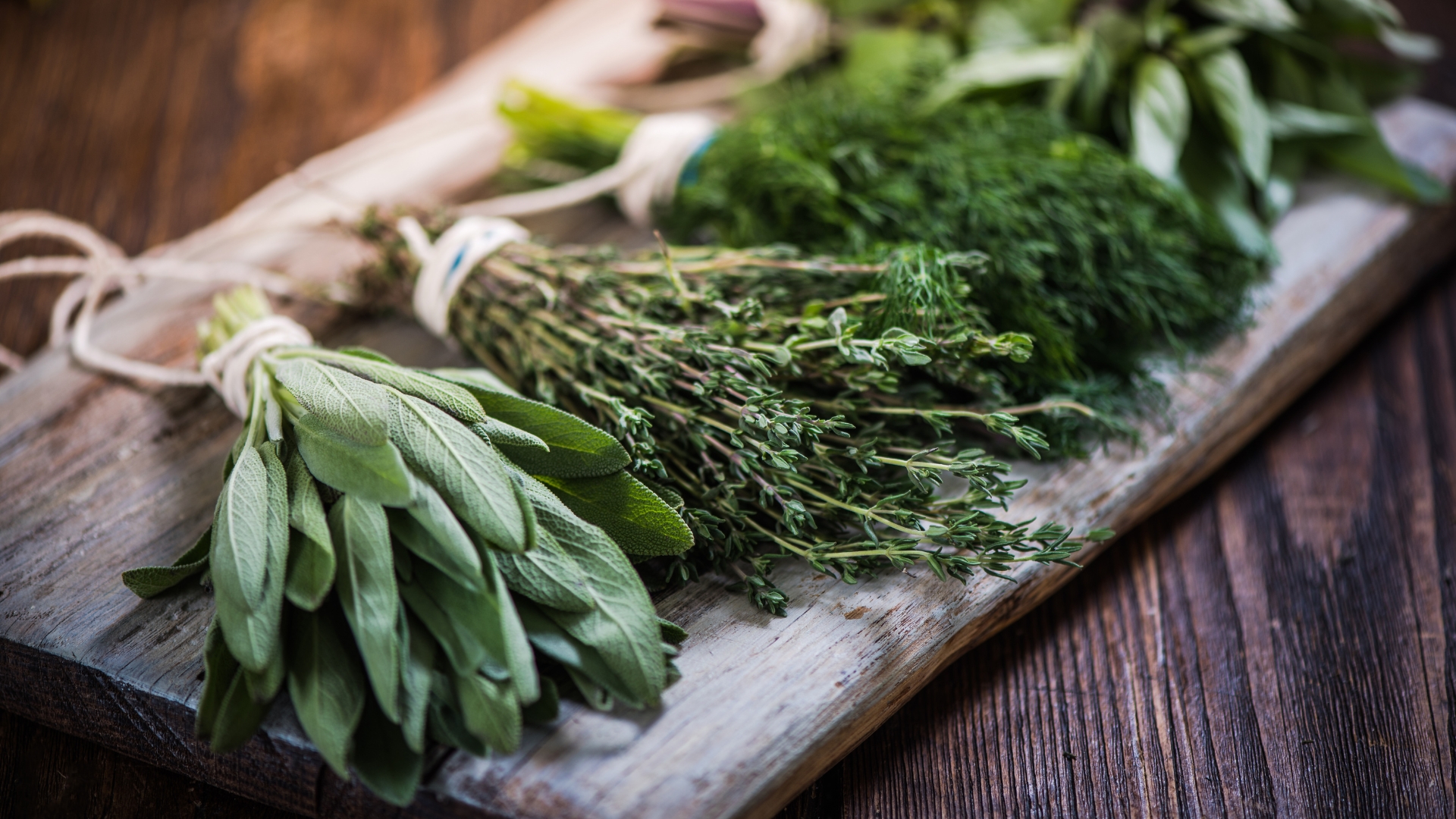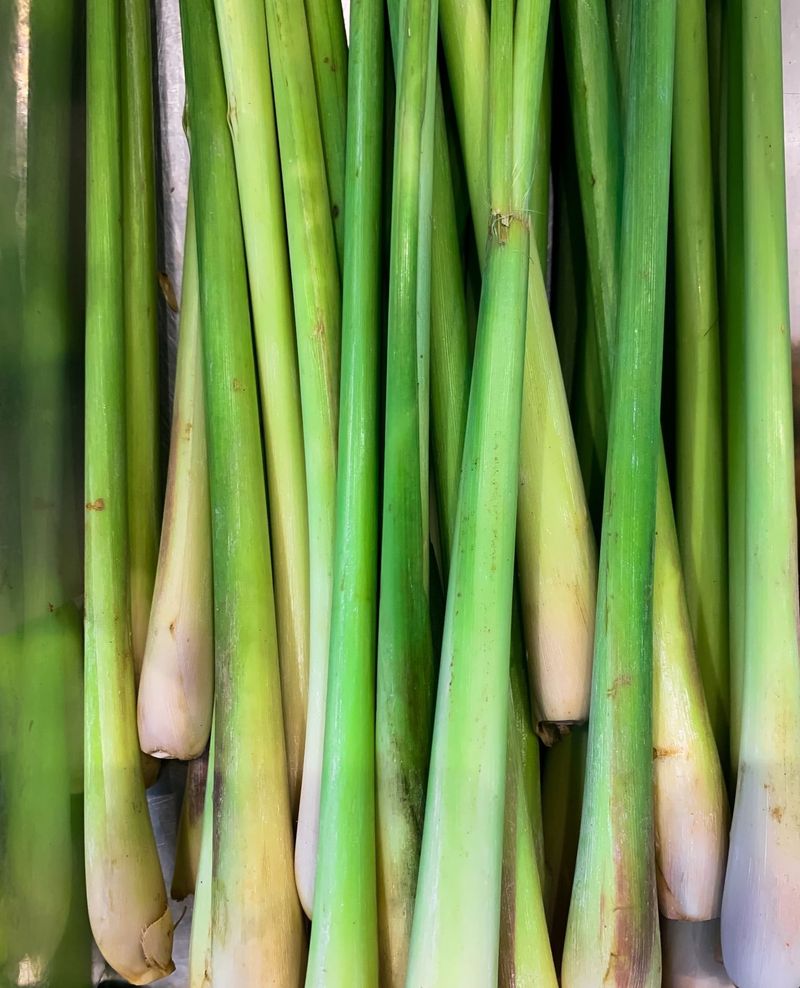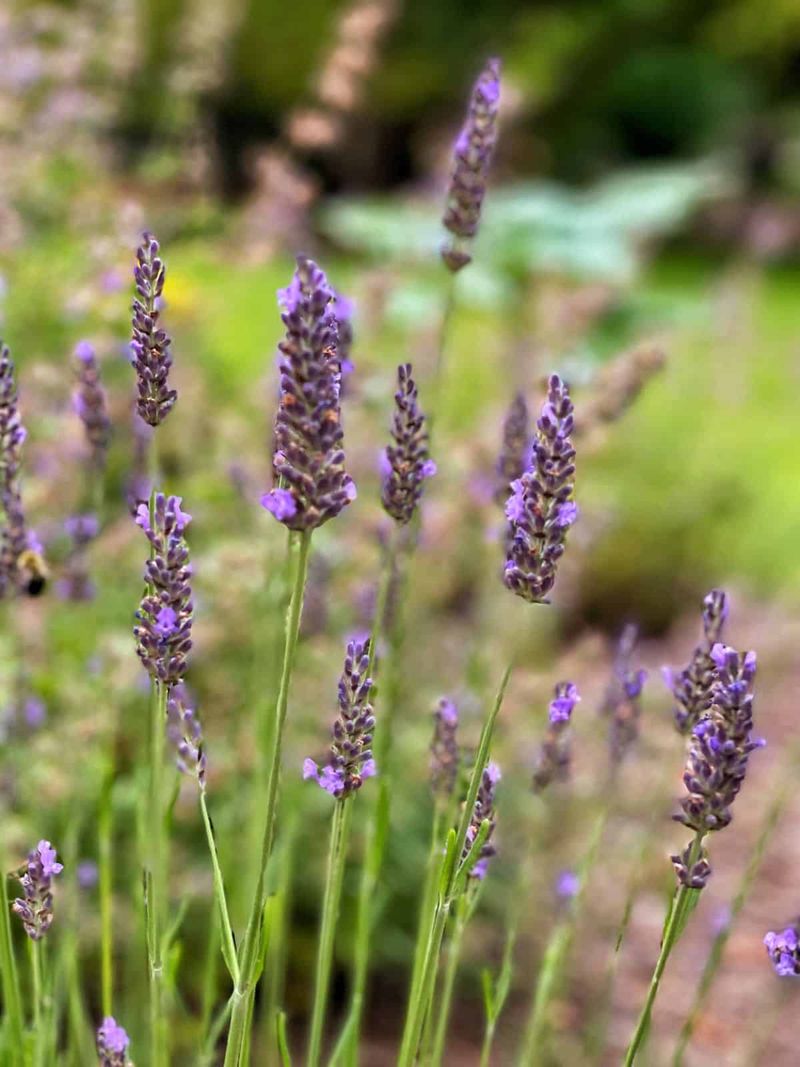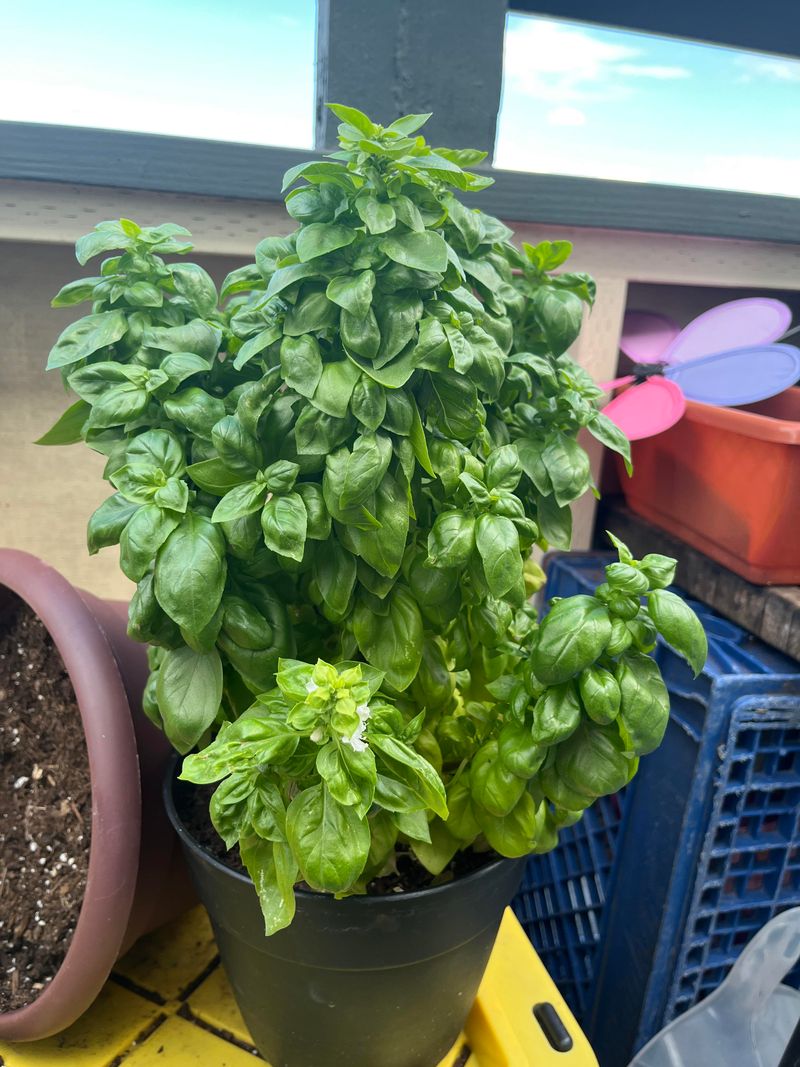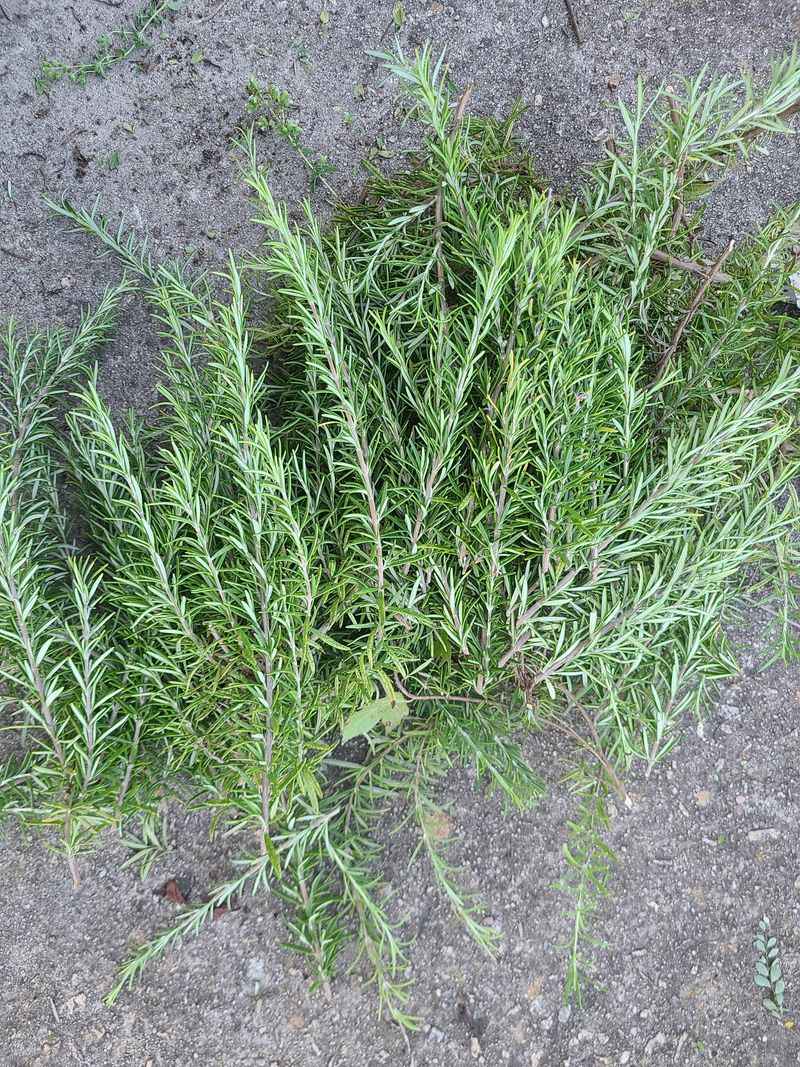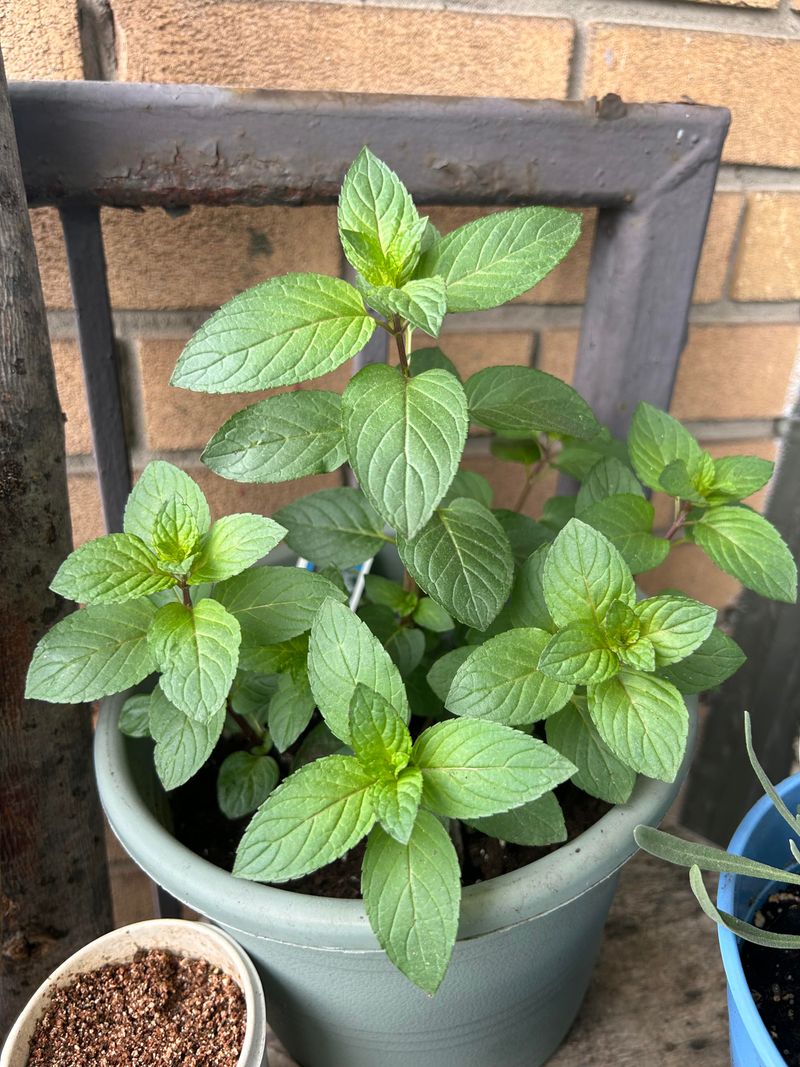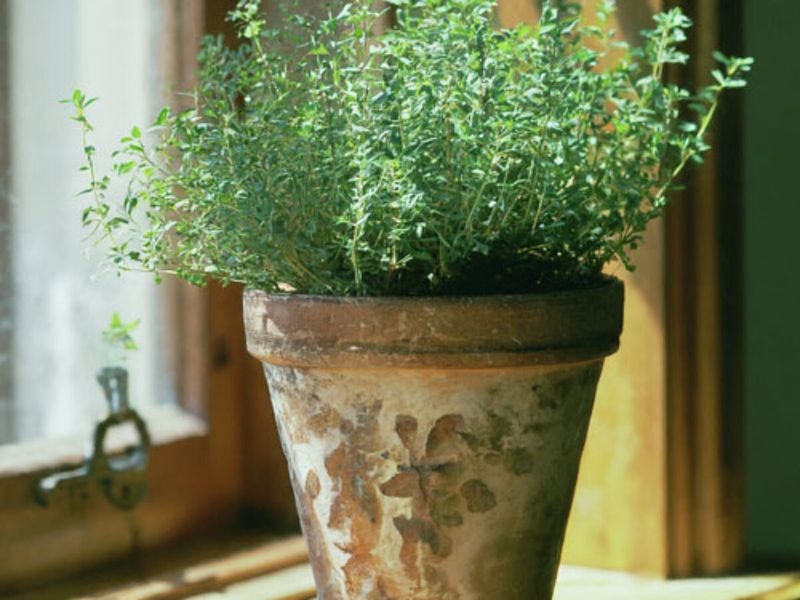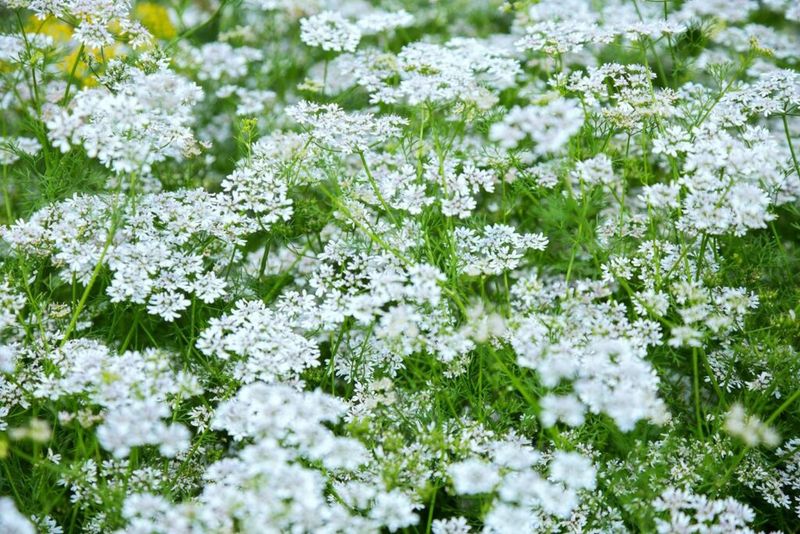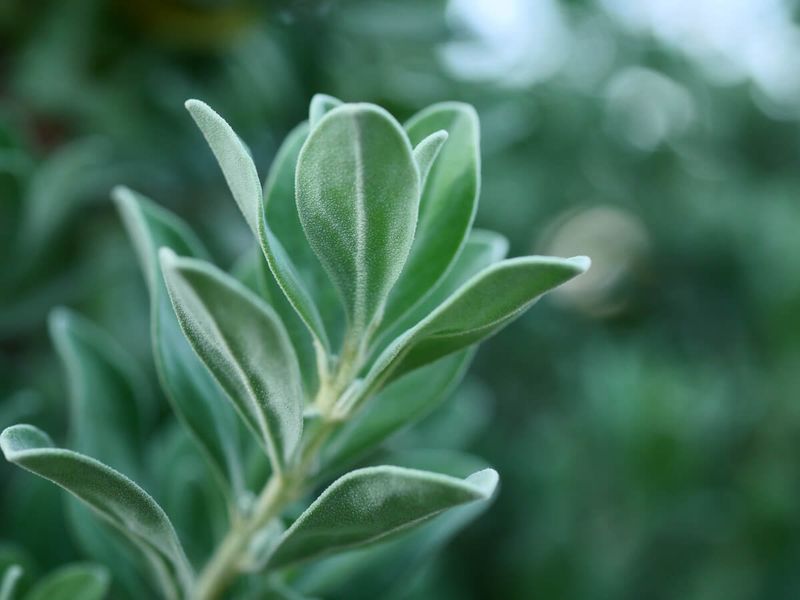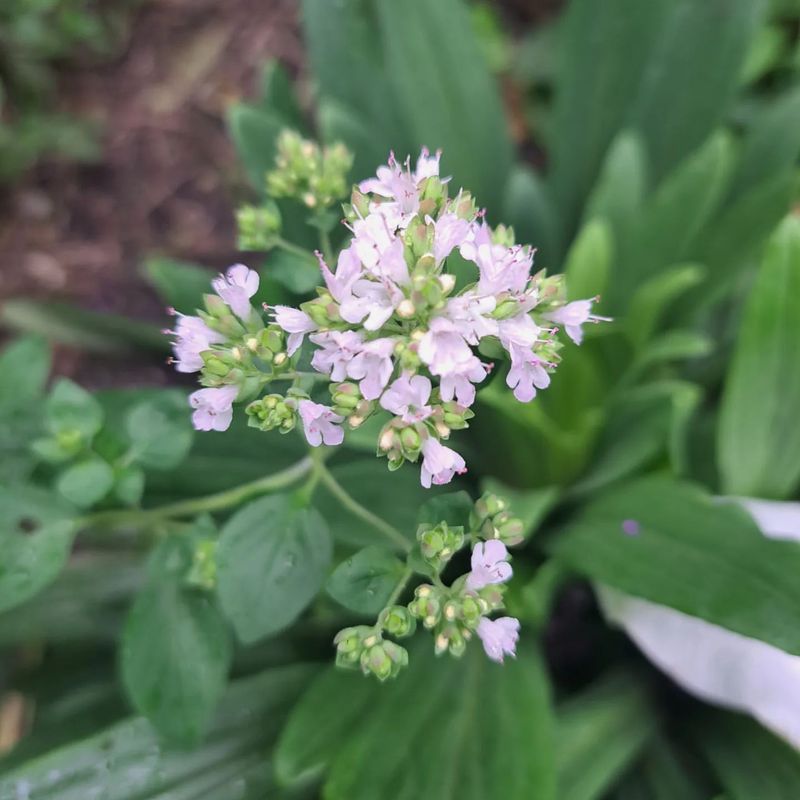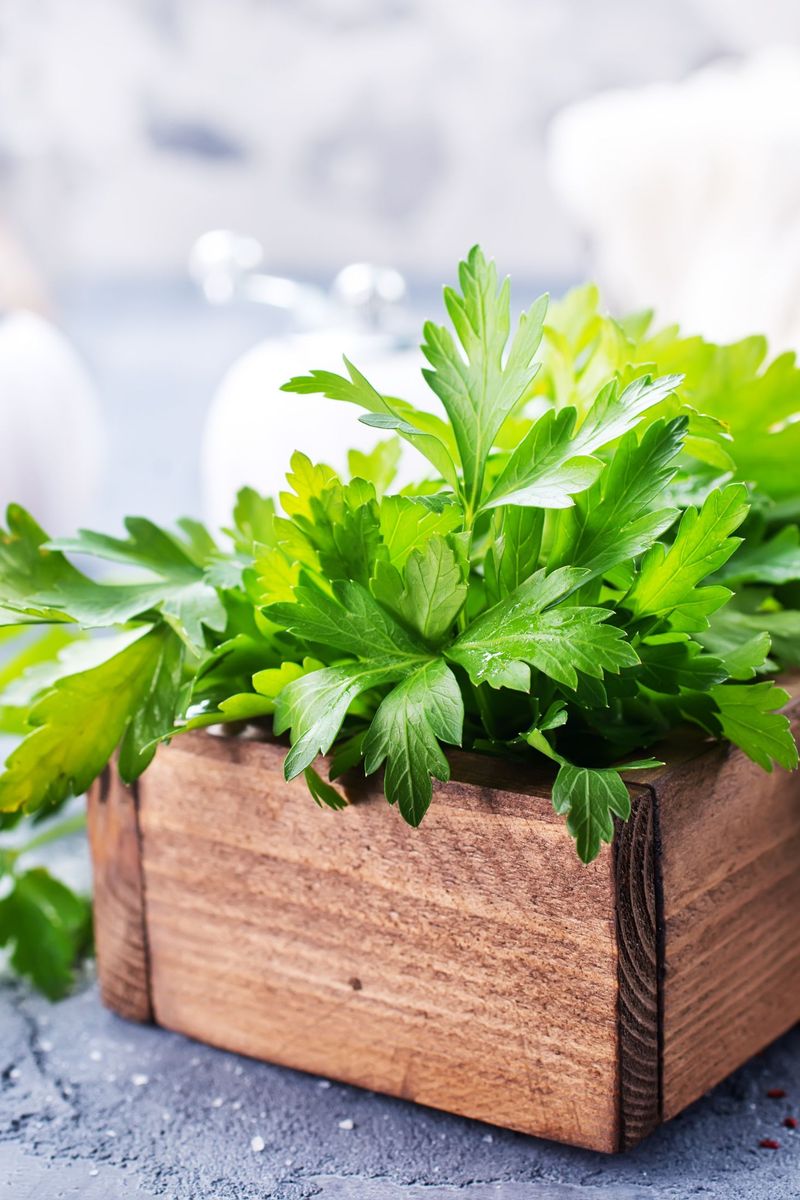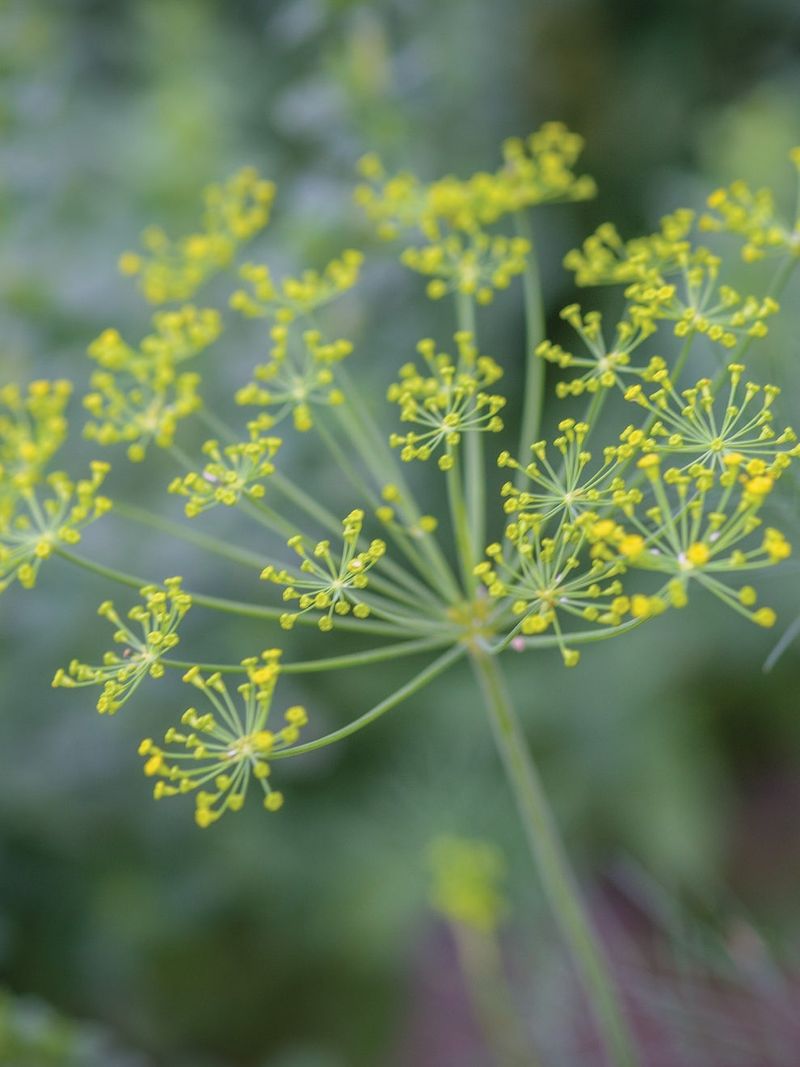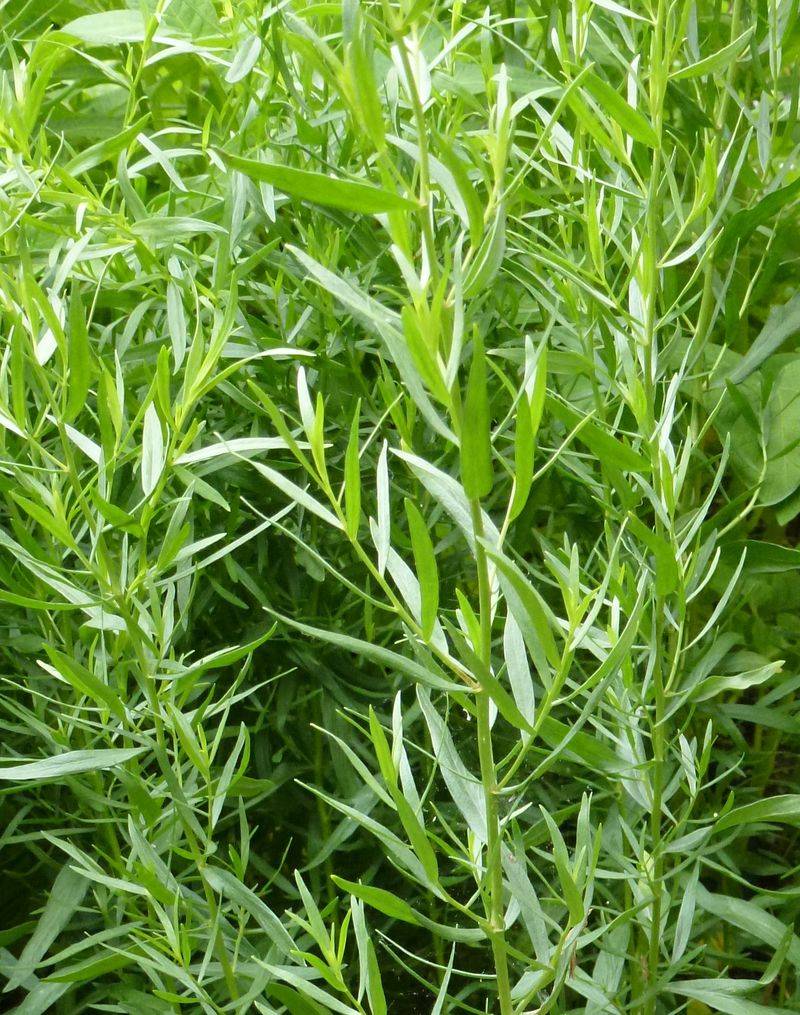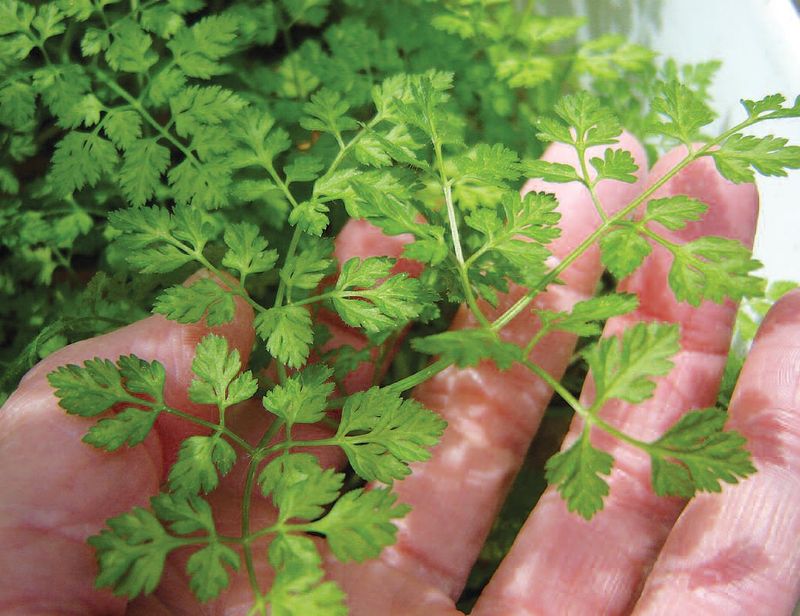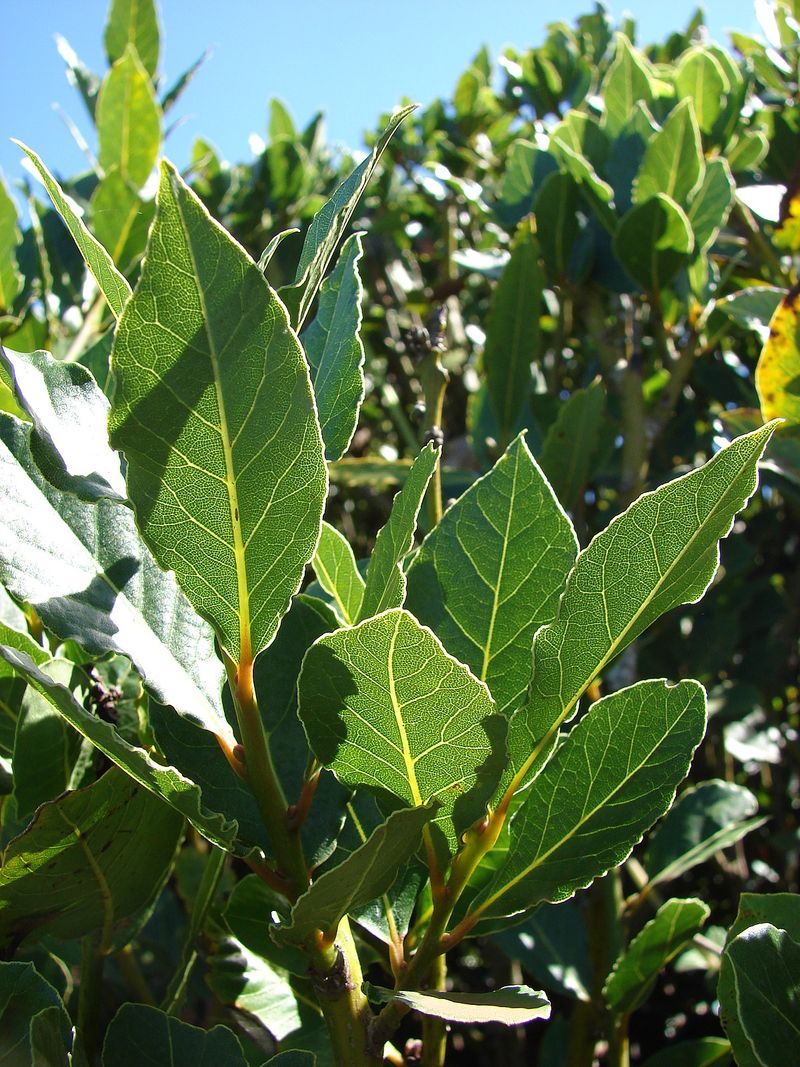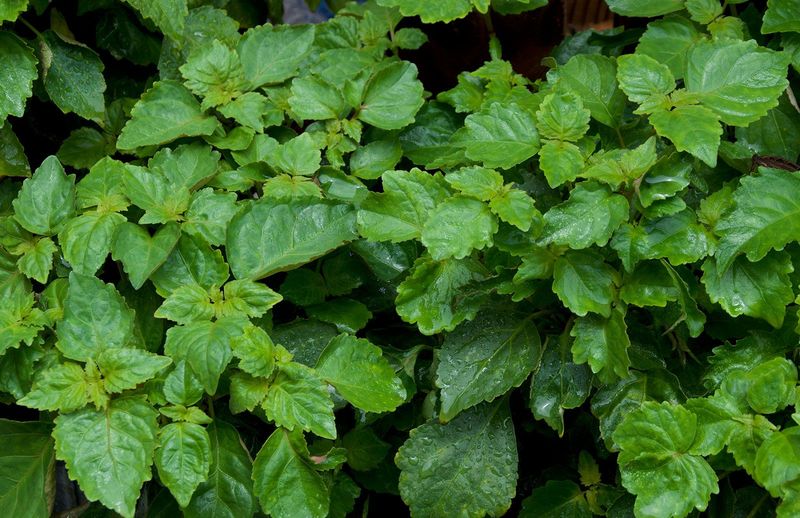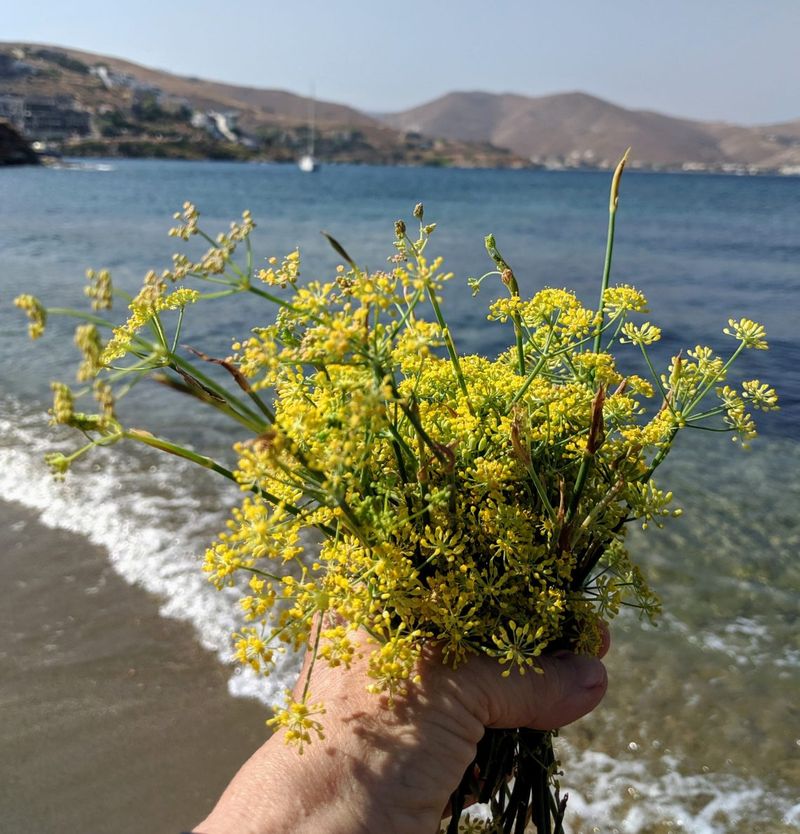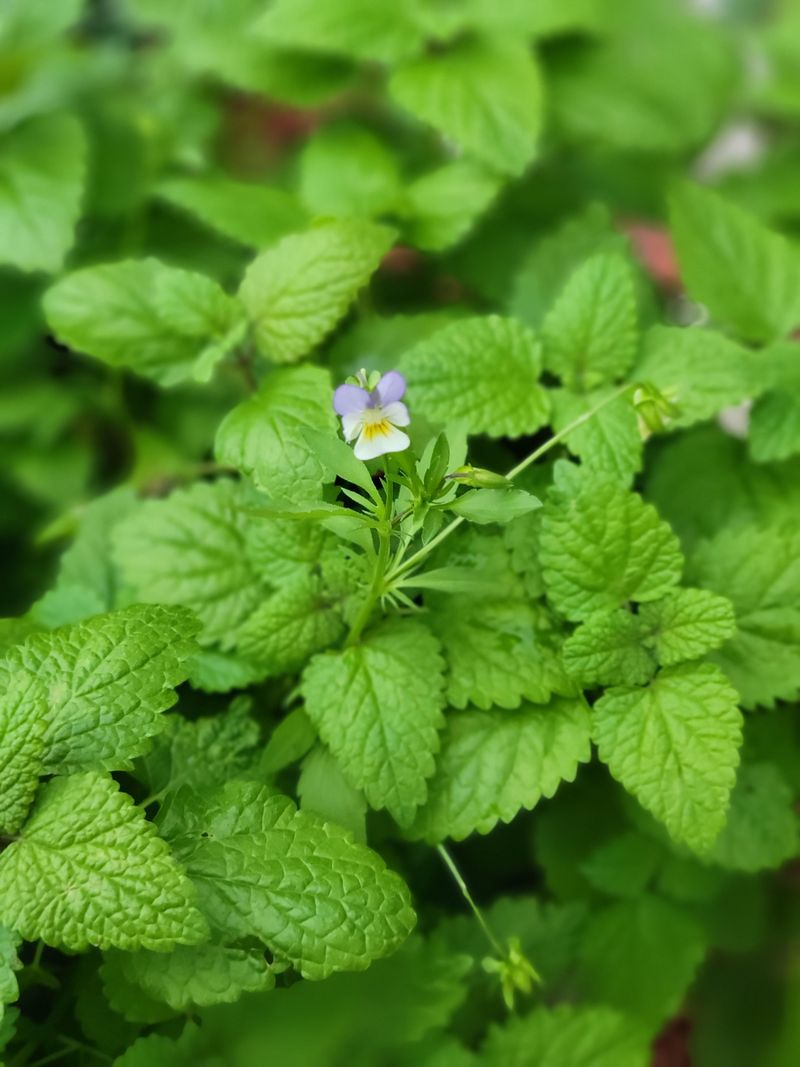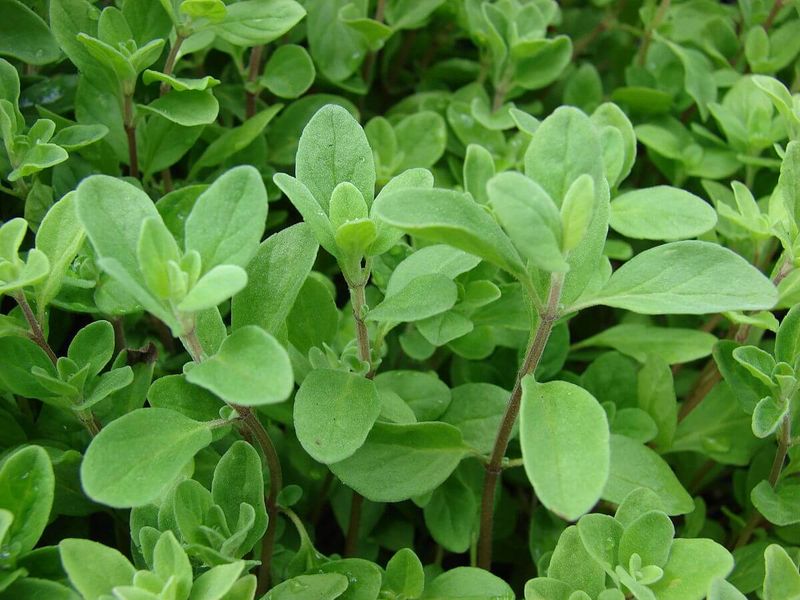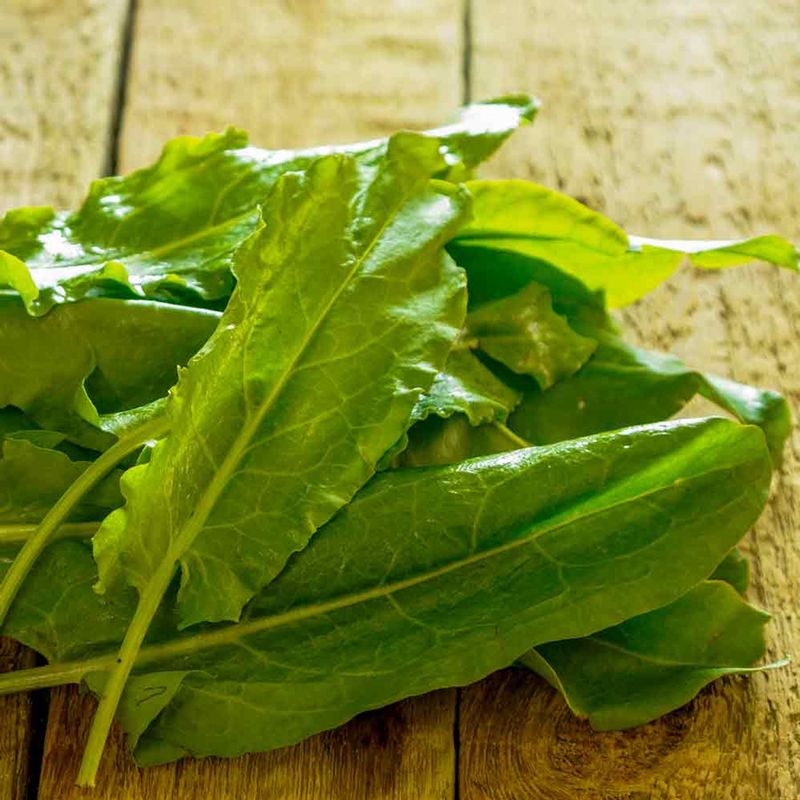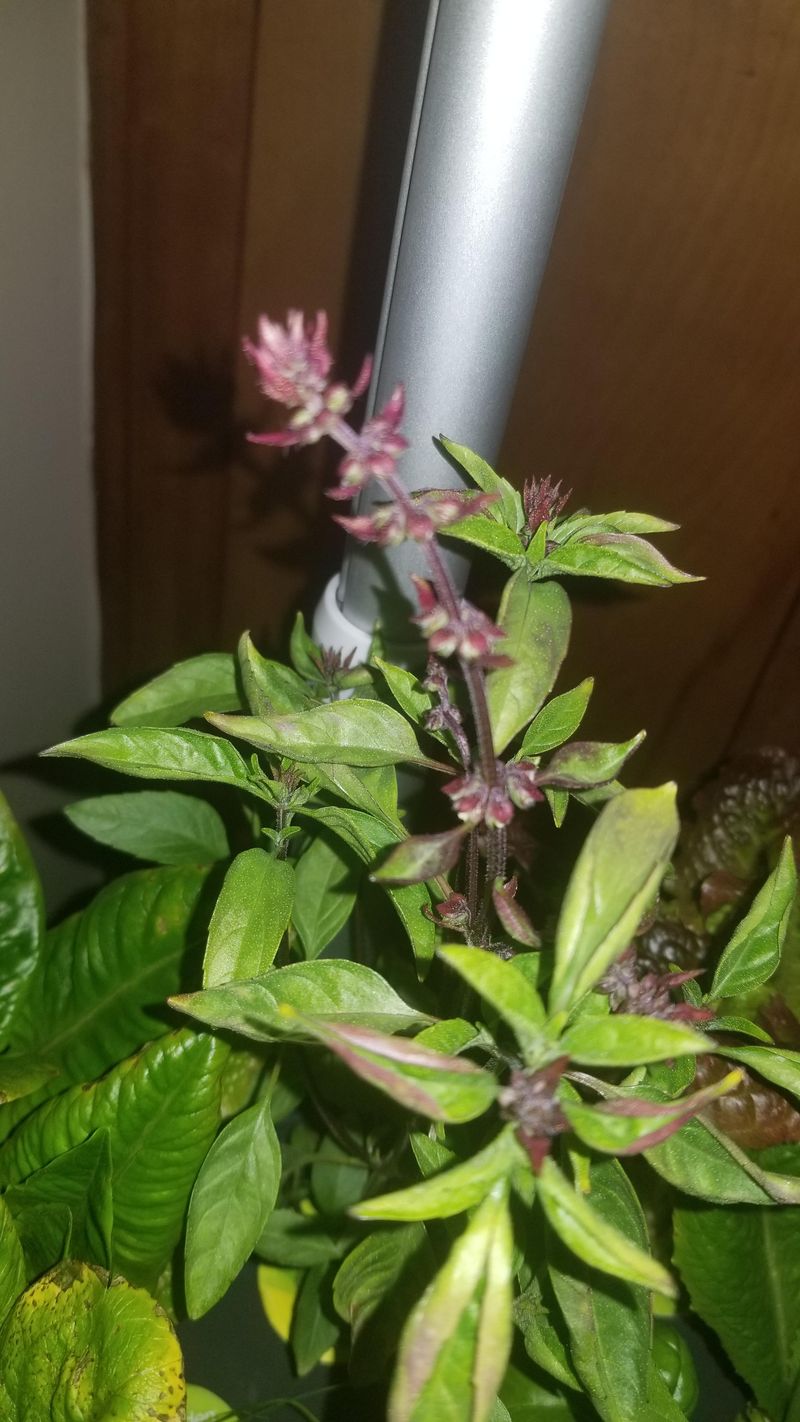Let’s take a trip—not just across the world, but through scent, memory, and tradition.
Herbs aren’t just ingredients; they’re stories in leaves and whispers of places we’ve been (or dream of visiting). Think of the way fresh basil clings to your fingers after you tear a leaf, how rosemary smells like a cozy Sunday, or the way mint instantly cools a summer drink.
From the rolling lavender fields of France to the misty hills of Japan, herbs have been shaping kitchens, medicine cabinets, and cultures for centuries.
Whether you’re a home cook, a plant lover, or just someone who appreciates the simple joys of fresh flavors, these are the 20 herbs that do more than just taste good.
1. Lemongrass
Walk through a busy Thai market, and you’ll smell it before you see it—citrusy scent drifting through the air. Lemongrass isn’t just an herb here; little promise of something delicious.
Picture yourself picking up a fresh stalk, running your fingers along its pale-green surface. Snap it in half, and suddenly, the aroma bursts free—lemony, with just a hint of spice.
It’s the soul of a steaming bowl of tom yum soup and the secret behind that perfect cup of Thai iced tea.
Lemongrass doesn’t demand attention, but once you know it, you’ll never forget it.
2. Lavender
Ah, the lavender fields of Provence!
Picture rows upon rows of purple, stretching as far as the eye can see, with their scent wafting through the air. Lavender is more than a pretty flower; it’s a soothing balm for the soul.
I remember the first time I wandered through a lavender field and thought “it’s no wonder lavender has been cherished for centuries”
The use of Lavender is huge. From teas, desserts, and even pillow sachets.
3. Basil
Every Italian grandmother swears by basil, and for good reason!
This herb is the star of many Tuscan dishes, probably because of its peppery aroma. I remember the first time I tore a basil leaf and the scent transported me straight to a sunny Italian kitchen. Whether it’s pesto, pizza, or pasta, basil has a way of uplifting the simplest of meals.
And let’s not forget the satisfaction of growing your own basil. There’s something magical about plucking fresh leaves for your culinary creations.
4. Rosemary
Rosemary is the essential Mediterranean herb. Once you smell it, you won’t forget it.
I remember walking through a garden, passing through rosemary bushes and being completely swept off by its scent.
This herb is more than a garnish; it’s a statement. The flavor pairs perfectly with roasted lamb or chicken, giving them a real gourmet status. There’s a sense of tradition with rosemary, and a connection to ancient culinary arts.
So, if you’ve never experienced rosemary’s charm, now is the time to let it work its magic in your kitchen.
5. Mint
Mint is the life of the party!
Picture a hot summer day in Morocco, with a cool glass of mint tea in hand, the leaves freshly plucked from the garden. The scent of mint is like a breath of fresh air. I love adding mint to salads or cocktails.
But mint isn’t just about taste; it’s about creating moments. So why not start now?
6. Thyme
I’m bringing you a chef’s secret weapon, Thyme.
I once stumbled upon wild Thyme during a hike in the French countryside, and felt a smell that reminded me of home-cooked meals.
Whether it’s a hearty stew or a delicate fish dish, thyme adds a depth that takes your taste buds to a next level. Sounds delicious already, I know!
7. Coriander
With its distinctive aroma, it is a staple in cuisines around the world. I remember the first time I encountered coriander in an Indian spice market.
Either you love it, or you don’t. But if you do, you know there’s nothing quite like its fresh, citrusy kick. It sneaks into salsas, brightens up curries, and gives chutneys that irresistible taste.
Some say it tastes soapy (blame genetics for that), but for those of us who can’t get enough, coriander is like a passport to global flavors.
Whether sprinkled on top of a dish or blended into a sauce, coriander has a way of making everything taste more alive.
8. Sage
Sage is the kind of herb that feels like home. Run your fingers over its velvety leaves, and that deep fragrance instantly transports you to slow-cooked meals and autumn evenings.
I still recall a winter night in Tuscany, the air chilly but thick with the scent of butter sizzling in a pan. A handful of sage leaves hit the heat, crackling and curling at the edges.
Moments later, that golden, infused butter was draped over delicate ravioli, turning a simple dish into something unforgettable.
Sage doesn’t just add flavor—it adds feeling. Fresh or dried, it has a way of turning the ordinary into something special, making you slow down and enjoy.
9. Oregano
Wild oregano was an unforgettable experience for me. It was on a quiet Greek island, plucked fresh from a sunbaked hillside. The scent hit me first—earthy, a little peppery, almost like the land itself had been distilled into a single leaf.
It was nothing like the dried version I’d sprinkled on pizza back home—this was more intense.
A pinch in tomato sauce, a little sprinkle over roasted potatoes—oregano doesn’t just season food, it transforms it. If you’ve ever tasted a dish and thought, this just feels like summer in Italy or Greece, chances are, oregano was the reason
10. Parsley
I didn’t think much about Parsley—until I did.
It was always just there, sitting on the edge of my plate, looking pretty but never stealing the show. Then I had real tabbouleh. Not the kind with too much bulgur and barely any greens, but the real deal—fresh, bright, and packed with so much parsley it practically crunched. That’s when I got it.
Parsley is what makes a dish feel alive and somehow ties everything together without being overpowering. Toss it over roasted potatoes, stir it into pasta, or blend it into a garlicky chimichurri—it just works.
Once you start using it like more, you’ll wonder how you ever cooked without it.
11. Dill
I’m bringing you a little taste of Scandinavia. Meet dill, the herb that defines Nordic cooking.
I still remember my first bite of gravlax—silky cured salmon, and the dill that made it unforgettable.
Dill isn’t just for seafood, though. It weaves its way into everything from pickles to creamy sauces, even simple roasted potatoes.
So, if you haven’t yet embraced dill the way the Nordics do, consider this your invitation. One sprinkle, and you might just find yourself craving a trip to Sweden.
12. Tarragon
And now, it’s time for France and Tarragon.
My first real encounter with tarragon was in a tiny Parisian bistro, the kind with chalkboard menus and the scent of butter in the air. I ordered a steak frites, and when the béarnaise sauce arrived, there it was—that hint of something unexpected.
Tarragon weaves its magic through roasted chicken, seafood and sauces, adding that little je ne sais quoi that makes French cuisine so effortlessly sophisticated.
If you’ve never cooked with it, consider this your sign.
13. Chervil
Chervil might be the dainty cousin of parsley, but its mild anise flavor is a revelation.
This herb is a culinary secret, often overshadowed but never to be forgotten. Chervil adds a touch of sophistication to salads, soups, and sauces.
It’s a reminder that sometimes, the most understated ingredients can have the most profound impact. I know you already plan on trying it.
14. Bay Leaf
I’ll give you a little kitchen secret—the kind that quietly works its magic in the background but makes all the difference.
The first time I really noticed a bay leaf was in a pot of homemade soup. I tossed one in, not thinking much of it, and as the broth simmered, something changed. The aroma deepened, the flavors became richer. It wasn’t overpowering—it was just right.
Bay leaves don’t demand attention. They don’t steal the show. But take them away, and you’ll realize what’s missing.So next time you’re cooking something that needs something a little extra, drop in a bay leaf and let it do its thing. You might not see the difference, but you’ll taste it.
15. Patchouli
Have you ever caught a scent that instantly transported you somewhere warm? That could be patchouli.
Native to tropical Asia, patchouli is best known for its deep, musky-sweet aroma in perfumes, incense, and essential oils. No wonder it’s a favorite in meditation and relaxation rituals.
My experience with patchouli was in a tiny shop filled with handcrafted candles and essential oils. The scent wrapped around me. Since then, I’ve learned that patchouli isn’t just for scents—it’s an easy-to-grow plant that grows with just a little care.
Whether you grow it for its beauty or its fragrance, patchouli has a way of making your space feel just a little more special. And who wouldn’t want that?
16. Fennel
Have you ever bitten into something and been completely surprised by its flavor? That was my experience with fennel. I expected it to be sharp or bitter, but instead, it was crisp, slightly sweet, and had this anise-like warmth that I couldn’t quite place.
Fennel is one of those ingredients that quietly transforms a dish. Roast the bulb, and it turns buttery and caramelized. Use the seeds, and they add a subtle depth to sauces and spice blends. Even the fronds can brighten up a salad or soup.
Whether you love it right away or it takes a little warming up to, fennel has a way of surprising you. Maybe it’s time to give it another look?
17. Lemon Balm
Have you ever walked past a plant and been stopped by its scent? That’s exactly what happened the first time I touched lemon balm. I rubbed a leaf between my fingers, and suddenly, there it was—this soft, citrusy aroma.
Lemon balm isn’t loud or overpowering. It sneaks into teas or adds something new to desserts and salads.
If you ever need a reason to slow down, just pick a leaf, take a whiff, and let lemon balm do the rest.
18. Marjoram
Ever tried cooking with marjoram? It’s one of those herbs that doesn’t demand attention but makes everything taste just a little more special.
I use it in my soups, stews, and sauces. I feel a little bit extra mediterranean when I use it in my kitchen. It’s the kind of herb that reminds you that sometimes, the smallest details make the biggest difference.
If you haven’t given marjoram a shot, this is your sign to try it. You might just fall in love with it.
19. Sorrel
This one looks like any other leafy green, but the moment you take a bite—boom!—you get this lemony tang that wakes you up.
I first stumbled upon sorrel in a little French countryside kitchen, where it was the secret ingredient in a velvety green soup. I wasn’t expecting much, but that first spoon? Pure magic.
Since then, I’ve found it’s just as incredible in many other dishes.
So, if you love unexpected flavors, sorrel is one of those hidden gems worth playing around with. Go ahead—take a bite and see where it takes you!
20. Thai Basil
Ah, the magic of Thai basil. One taste, and suddenly, you’re wandering through a Thai street market, surrounded by woks and the scent of fresh herbs in the air.
My favourite one, fiery stir-fry. The taste of Thai basil really adds a touch to the dish and brings you somewhere else. This is not just an ingredient; it’s the heartbeat of so many dishes, from fragrant curries to refreshing salads.
Thai basil doesn’t just sit quietly in the background—it shines. If you’ve never cooked with it, now’s the time. Toss it into your next dish and thank me later!

